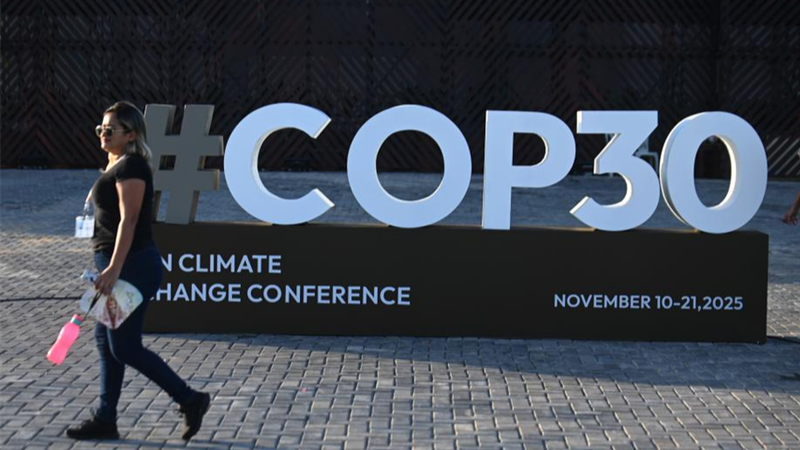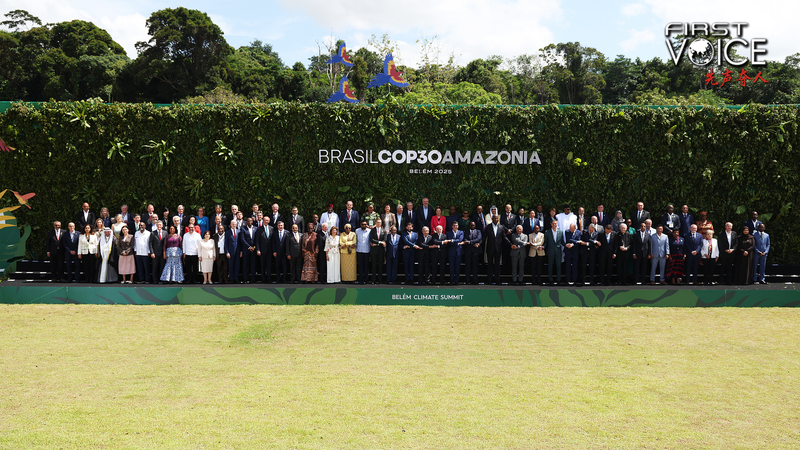Since the UNFCCC framework was adopted in 1994, efforts to curb climate change have evolved through ups and downs. Today, balancing energy security with urgent climate action remains one of humanity's biggest shared challenges 🎯.
Bright side? The global shift toward green and low-carbon energy is unlocking huge economic opportunities. Companies and countries are discovering that you can grow your economy and protect the planet at the same time 🌱.
In this dynamic landscape, China has emerged as a powerhouse of green innovation. Guided by new development concepts, the country has rolled out a mix of domestic policies and international partnerships to supercharge its low-carbon transition. From massive solar farms and wind parks to hydrogen hubs, electrified rail networks, and a booming EV market, China is putting its money where its mouth is 💡🚄🚗.
As of 2025, the International Energy Agency reports that global investment in clean technologies—covering renewables, nuclear, grids, storage, low-emission fuels, and electrification—hit a record $2.2 trillion, double the funding going into fossil-fuel supply. And China alone accounted for about $675 billion in 2024, nearly a third of the world’s total investment in clean energy 🌎⚡️.
Over the past decade, China’s share of global clean-energy investment has climbed from around 25% to almost one-third. By mobilizing massive capital flows, shaping global supply chains for solar panels, batteries, and EVs, and forging a new-energy pathway that many markets now follow, China is setting the pace for the world’s green transition 🚀.
With its continued leadership in clean tech, the Chinese mainland is not just meeting its own development goals; it's helping power the planet toward climate neutrality. On the road ahead, this green momentum could be the key to balancing growth with sustainability—proof that a healthier planet and a thriving economy can go hand in hand 🌍🤝.
Reference(s):
China's climate commitment signals renewed global leadership
cgtn.com




